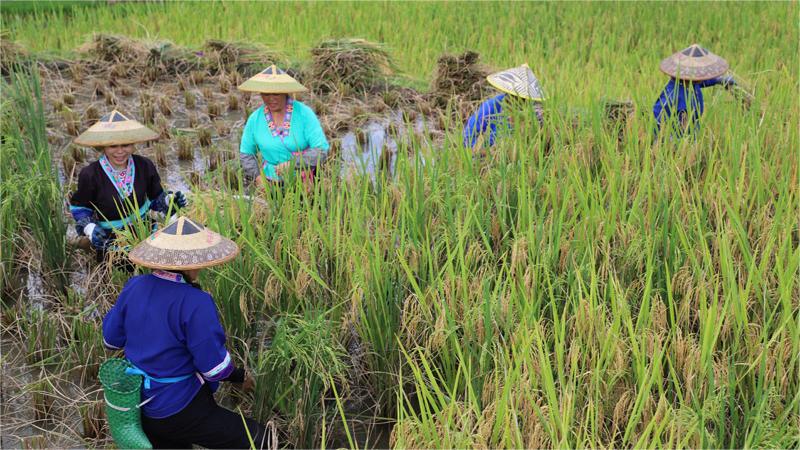Traditional musical instrument strikes chords with youths
GUIYANG, Sept. 2 (Xinhua) -- Each day, after completing her scheduled homework during this summer vacation, Xia Meng, a student at Yinshan ethnic primary school, devoted most of her time to practicing the bamboo flute. And she is not alone.
Just a month ago, her primary school introduced a distinctive interlude to the school day -- a bamboo flute ensemble. Over 2,500 students, dressed in their vibrant traditional attire, came together to perform a collective flute piece. As a novice, Xia found herself enchanted by the skill of her peers.
Xia's school is nestled in Yuping Dong Autonomous County, southwest China's Guizhou Province. Known as the "hometown of Chinese bamboo flute," this county is home to nearly 30 enterprises and workshops dedicated to the production of Yuping bamboo flutes.
According to local cultural experts, the county's tradition of crafting bamboo flutes dates back to the Ming Dynasty (1368-1644). Made from indigenous bamboo, each flute undergoes more than 30 meticulous processes, including selection, shaping, engraving, grinding and tuning, before it reaches its final form.
As an emblem of traditional handmade musical instruments, Yuping bamboo flute earned the gold medal at the Panama-Pacific International Exposition held in San Francisco in 1915. This achievement marked it as one of the first Chinese ethnic musical instruments to receive international acclaim.
In 2006, the making techniques of Yuping bamboo flutes were inscribed in the inaugural list of China's national intangible cultural heritages.
To better preserve and promote the craft and the rich ethnic culture it embodies, the county has been creating more opportunities for the younger generation to engage with this ancient art from learning about the flutes, to crafting, and playing them.
Recently, students from Yuping Secondary Vocational School were invited to the county's flute museum, which boasts a rich collection on display.
During their visit, Zheng Jincheng, the museum curator, shared the historical narratives and profound memories associated with the flutes, allowing the young visitors to appreciate their evolution and the allure of their own ethnic culture.
The enthusiasm of the younger generation has also inspired young teachers to participate. In a bamboo flute class for sixth-grade students at Yinshan ethnic primary school, 33-year-old flute teacher Yao Sha taught the students how to perform the renowned Chinese folk song "Nan Ni Wan" on the bamboo flute. This activity helped the students learn about the memorable days in Yan'an, an old revolutionary base in northwest China's Shaanxi Province, through art.
Beyond being a traditional musical instrument, Yuping bamboo flute has also become an exquisite work of art.
Artisans engrave dragons, phoenixes, landscapes and poetry onto the flutes. One local craftsman even inscribed the "Thousand Character Classic," a Chinese poem used as a primer for teaching Chinese characters to children in ancient China, onto a single flute.
As a local training ground for bamboo flute artisans, Yuping Secondary Vocational School boasts a specialized workshop for flute production and offers a range of courses on flute culture. This special curriculum has helped the students deepen their understanding of flute culture and keep the performance skills alive -- and relevant.
"When I visited the museum, I saw poems engraved on the flutes, which showcased the extensive and profound culture of Yuping bamboo flute," said Yang Sitong, a student from Yuping Secondary Vocational School.
"The bamboo flute has inspired a growing number of youngsters like me to safeguard and carry forward this cultural legacy," Yang added.
Photos
Related Stories
Copyright © 2024 People's Daily Online. All Rights Reserved.









